Expert Pond Building and Digging Services
When it comes to creating the perfect pond, we at Aqua Pond Ltd know exactly what it takes.
speak with an expert today
We combine thoughtful planning and expert construction to build stunning ponds that not only enhance your garden but also promote a healthy aquatic environment.
Our experienced team works closely with clients to ensure that every pond meets their specific needs and preferences.

Expert Pond Building
A full pond clean is essential for maintaining the health and beauty of our aquatic environments. This process generally includes assessing the pond’s condition, draining the water, cleaning the pond bed, and ensuring the equipment functions properly. It’s not just about removing debris; it’s about restoring the ecosystem to promote healthy fish and plants.
We take care of everything from digging and construction to installing filtration systems that keep the water quality pristine.
By considering the ecosystem around the pond, we create a balanced home for fish and wildlife.
Key Takeaways:
- Thoughtful planning is essential for successful pond construction.
- Proper filtration systems ensure a healthy aquatic environment.
- We provide ongoing support for pond maintenance and care.
Planning Your Pond
Creating a beautiful pond involves careful planning.
Addressing size and location, selecting water features, and understanding filtration needs are crucial steps in making your pond successful.
Determining Size and Location
Choosing Water Features
Understanding Filtration Needs
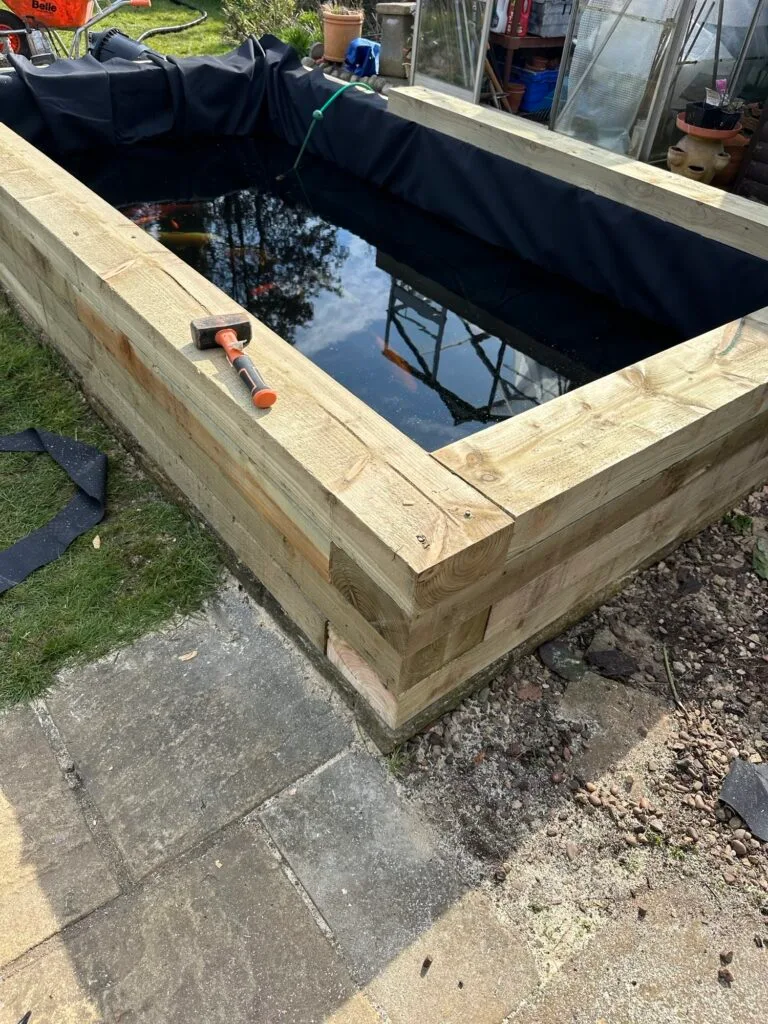


Digging and Design
In the process of building a pond, the stages of digging and design are crucial.
We focus on effective excavation and creating a layout that promotes proper water circulation, ensuring the pond remains healthy and visually appealing.
Excavation Processes
Designing for Water Circulation
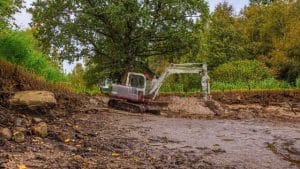

The Ecosystem Approach
In our pond-building practice, we focus on creating a self-sustaining aquatic environment.
By emphasising ecological balance, effective nutrient cycling, and the introduction of beneficial bacteria, we ensure that our ponds thrive naturally.
Creating Ecological Balance
Cycling Nutrients Effectively
Introducing Beneficial Bacteria
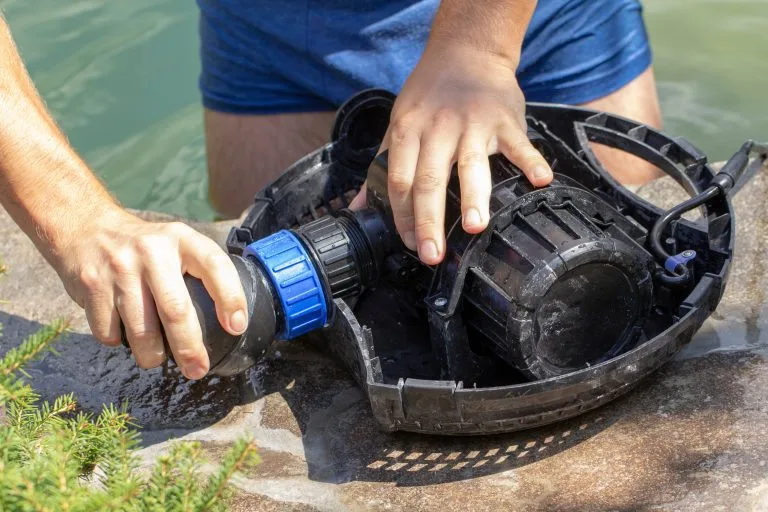

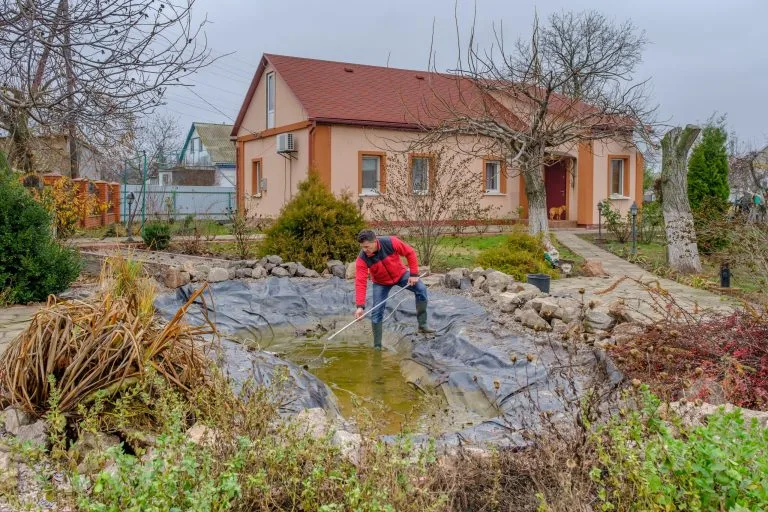

Pond Filtration Systems
Pond filtration systems are crucial for maintaining a healthy aquatic environment.
We focus on two important aspects: choosing the right biological filter and understanding the role of filter carbon in managing water quality.
Choosing a Biological Filter
The Role of Filter Carbon
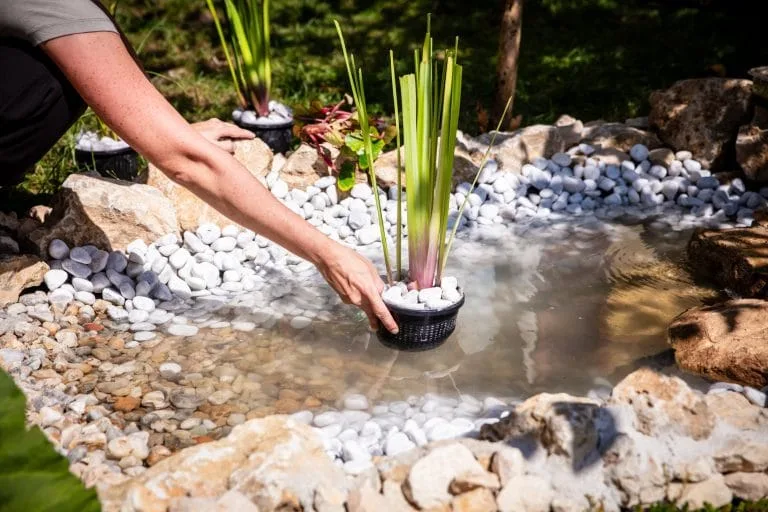



Water Quality and Maintenance
Maintaining water quality is essential for a healthy pond. We focus on effective management techniques to ensure clear water and a balanced ecosystem.
Proper maintenance not only enhances the beauty of the pond but also supports the health of fish and plants.
Managing Algae Growth
Regular Pond Cleaning
Assessing Water Parameters
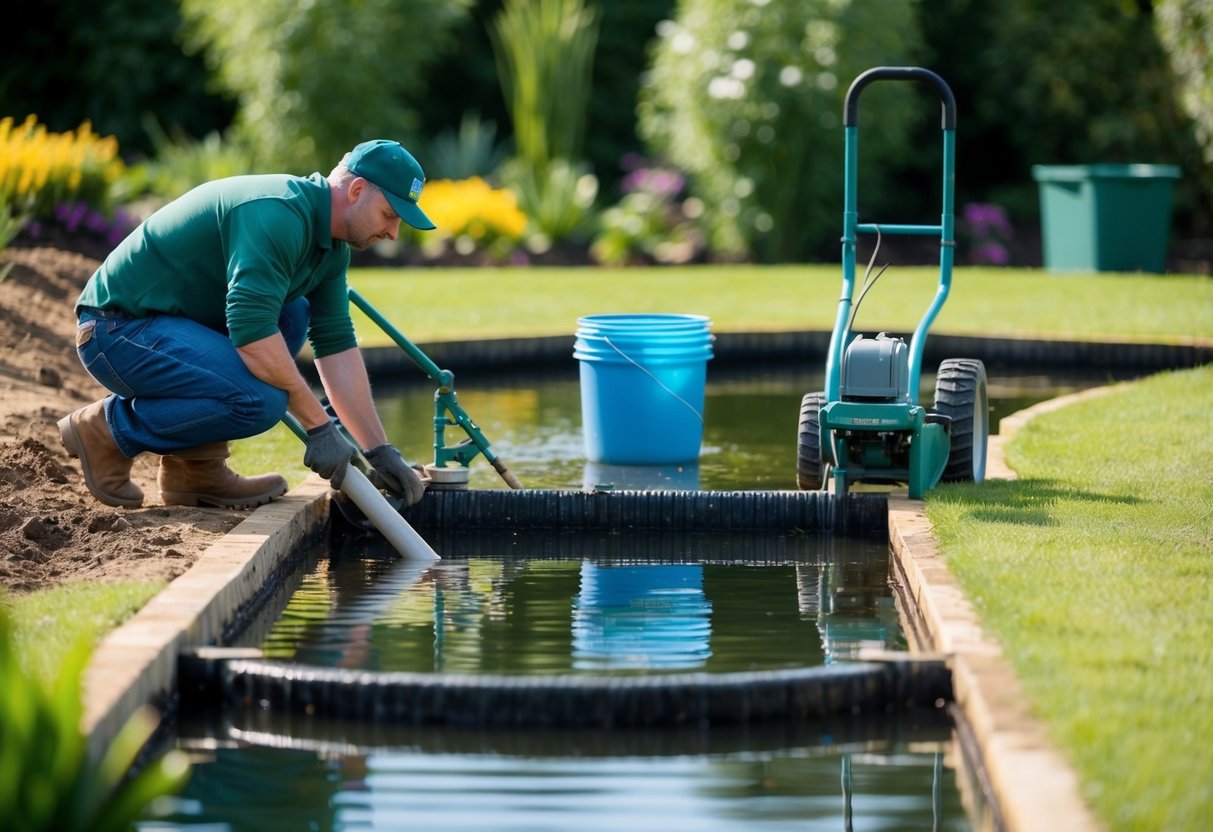


Fish and Wildlife Care
Caring for the fish and wildlife in our ponds is essential for a balanced ecosystem.
By ensuring proper feeding and water quality, we can support the health and happiness of our aquatic companions and the wildlife that visits.
Feeding and Fish Health
Wildlife and Plant Integration
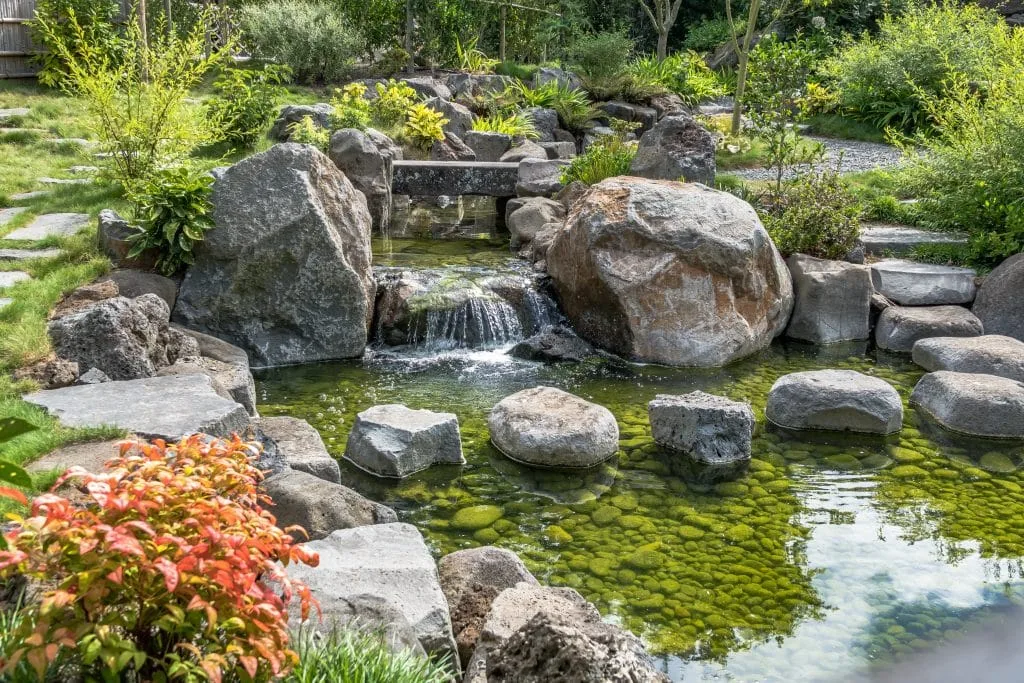



Seasonal Pond Considerations
Seasonal changes impact pond care and management. Understanding how to properly prepare for winter and carry out essential spring cleaning ensures a healthy pond ecosystem.
Winter Preparations
Spring Cleaning Tips
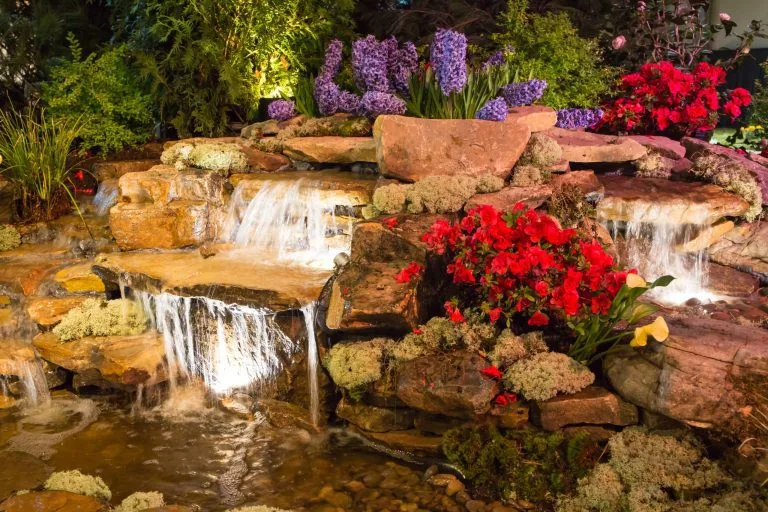



Pond Cleaning Equipment
Keeping our ponds clean requires the right tools and equipment. We focus on effective methods to maintain the health and beauty of our aquatic environments.
One essential piece of equipment for pond cleaning is the pond vacuum.
Selecting Pond Vacuums
When choosing a pond vacuum, we consider several factors to ensure it meets our needs. First, we look at the vacuum’s power and suction capabilities. A strong vacuum is essential for removing debris, algae, and sludge from the pond floor. Next, we prefer models that offer a variety of attachments. These can help us clean different types of surfaces, such as gravel or smooth liners. We also check for features like adjustable suction settings, which allow us to clean without disturbing fish or plants. Portability and ease of use are also important. Lightweight models that can be easily transported make our work more efficient. Finally, we evaluate the vacuum’s capacity; larger tanks reduce the need for frequent emptying.
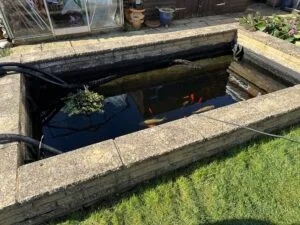



Troubleshooting Common Issues
We often encounter a few common issues when maintaining ponds.
Understanding how to tackle these challenges can help keep our water features healthy and beautiful. Let’s explore some key areas where problems may arise.
Addressing Water Clarity
Combating Persistent Algae
Preventing Pump Failures




Pond Construction Services
We provide comprehensive pond construction services tailored to meet our clients’ needs.
Our expertise ensures that your pond is built to enhance your garden while supporting a healthy ecosystem. We also offer Koi pond construction across our service areas.
Consulting Aqua Pond Ltd
When you consult with Aqua Pond Ltd, our experienced team will guide you through the entire pond-building process. We begin with an in-depth discussion to understand your vision, preferences, and any specific requirements you may have. We assess your site to evaluate factors like size, location, and existing landscape features. This helps us design a pond that complements your garden and fits seamlessly into your outdoor space. Throughout the consultation, we will provide expert advice on materials, shapes, and styles, as well as discuss maintenance options for ensuring longevity and health of your pond.




Frequently Asked Questions
MY POND IS OVERGROWN.
MY POND IS LEAKING – WHAT CAN I DO?
WHY IS MY POND WATER GREEN?
Do I need to have my pumps running all the time?
Why Choose Us
Experience With years of experience in pond maintenance and cleaning, our team has the expertise to handle ponds of all sizes and complexities. We are dedicated to delivering high-quality services tailored to meet the unique needs of each customer.
Professionalism Our team consists of trained professionals who are passionate about pond care. We take pride in our work and strive to exceed our customers’ expectations with every service we provide.
Customised Solutions We understand that every pond is different, and we tailor our services to suit the specific requirements of each customer. Whether you have a small backyard pond or a larger water feature, we have the knowledge and resources to keep it in pristine condition.
Environmentally Friendly Practices We are committed to using eco-friendly products and methods in our pond cleaning services. Our goal is to promote sustainability and preserve the natural balance of your pond ecosystem.
Customer Satisfaction Your satisfaction is our top priority. We work closely with our customers to ensure that their pond maintenance needs are met with professionalism and care. We take the time to listen to your concerns and provide personalised recommendations to help you achieve the pond of your dreams.
Ready to schedule a pond cleaning service with us?
Contact Aqua Pond today to learn more about our services and to book an appointment.
Let us help you create a clean, healthy, and vibrant pond that you can enjoy for years. Thank you for considering Aqua Pond for your pond maintenance needs.
What our Customers Say...
